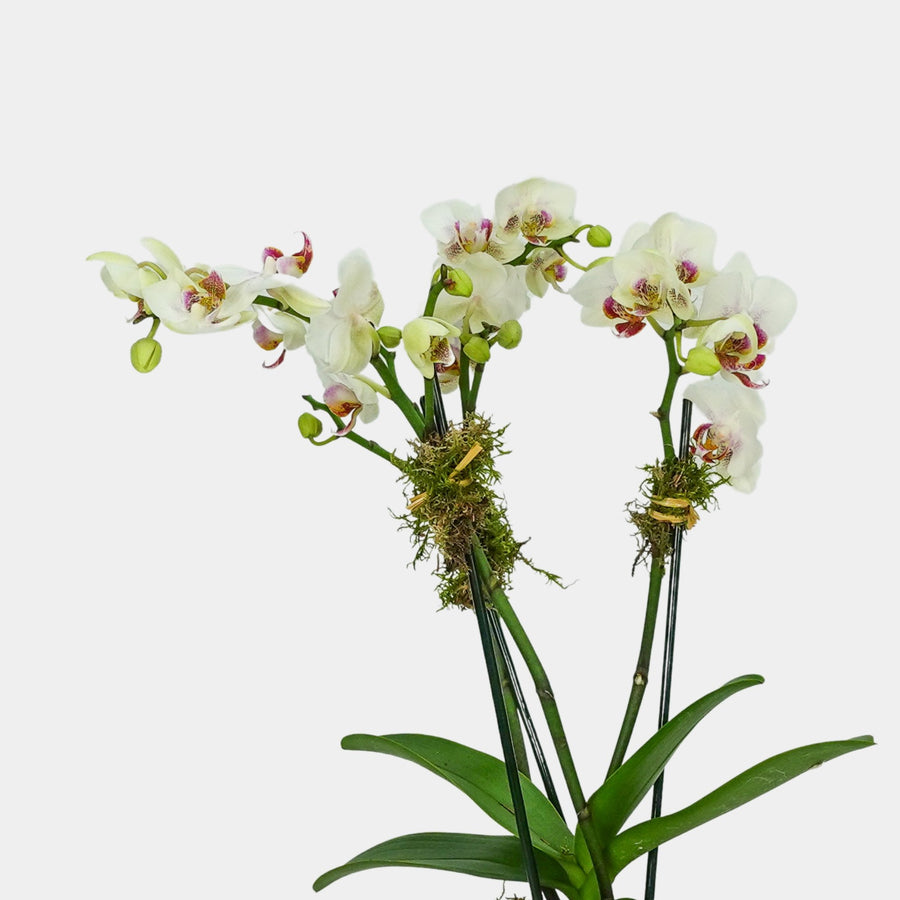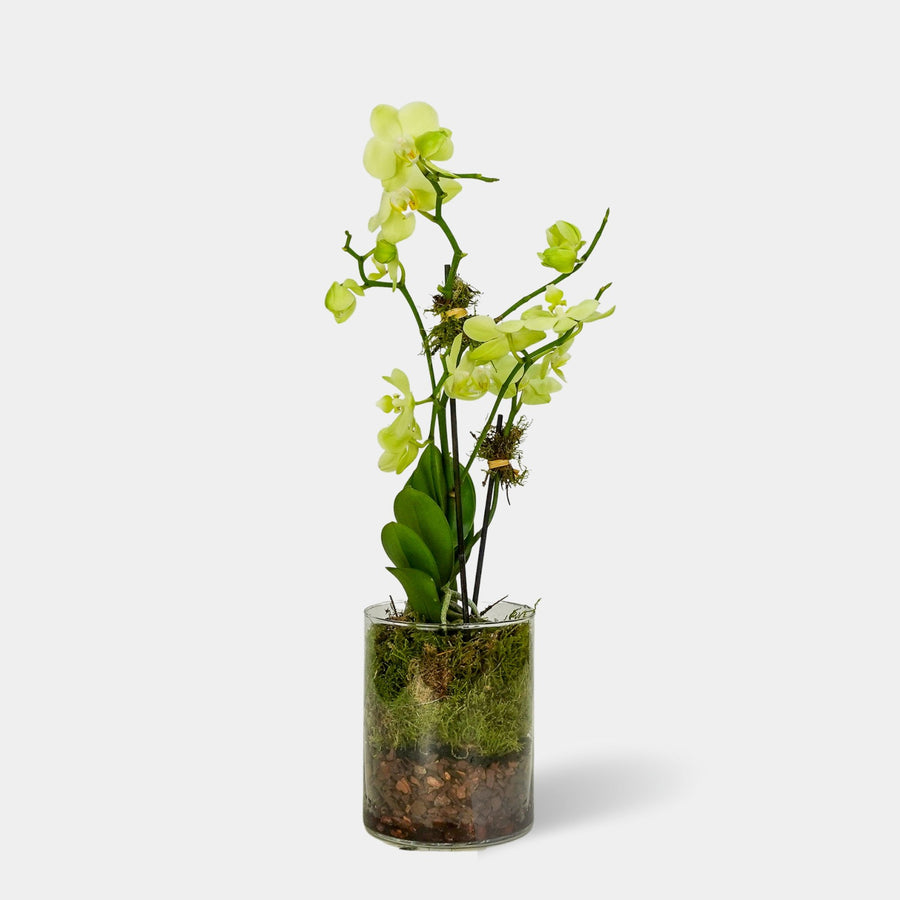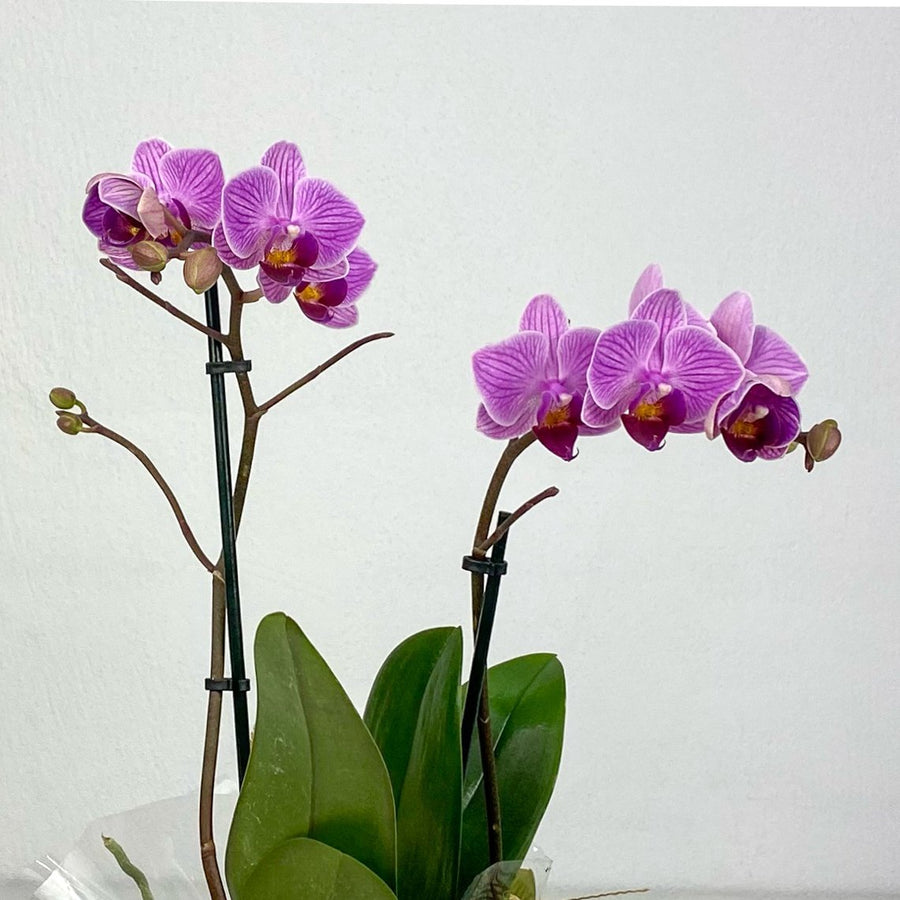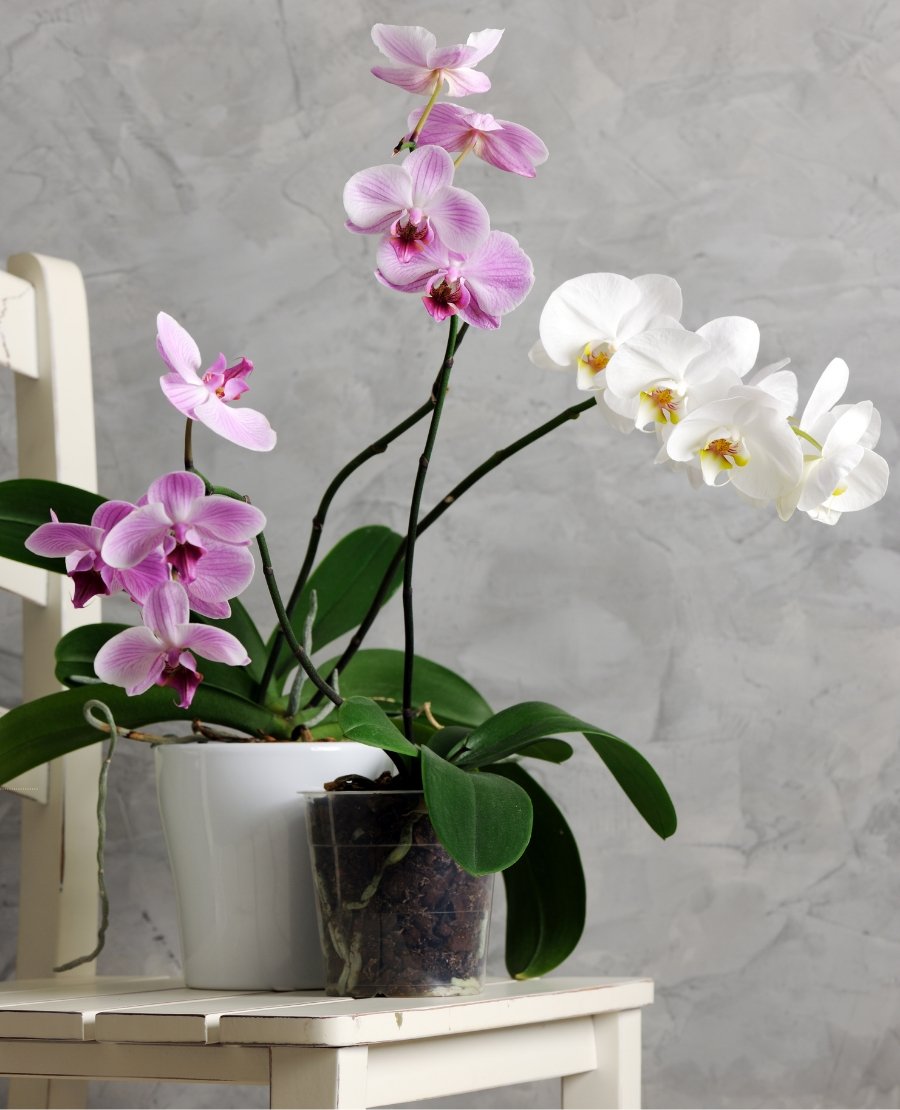Orchids
Orchids are captivating plants known as Orchidaceae, they arouse admiration and amazement in nature lovers and plant collectors around the world. With a geographical distribution ranging from the humid tropics to the arctic regions, these fascinating plants have captured the hearts of those who appreciate their beauty, variety and complexity.
In this guide to the world of orchids, we will explore their origins, unique characteristics, care, diversity, and their profound impact on gardening, the home, science, and culture.
Origins and Distribution
Types of orchids have an evolutionary history spanning millions of years and have managed to adapt to a wide range of environments.
While commonly associated with the tropics, these extraordinary plants are found on every continent except Antarctica. Its distribution ranges from rainforests to high mountains, demonstrating its ability to survive in diverse habitats.
Distinctive features

Now we leave you some of the characteristics of orchids (which are orchid plants):
Intriguing Inflorescence
Orchid flowers are known for their diversity and uniqueness. Its inflorescences can range from a single flower to complex structures housing dozens of flowers. Orchids have evolved a number of adaptations often involving specialized structures for pollination, which has led to a wide variety of flower shapes and sizes.
Aerial and Epiphytic Roots
Many orchids have evolved to develop aerial roots, allowing them to cling to surfaces such as trees, rocks, or even electrical wires. These roots are not parasitic, but are used to obtain water and nutrients from the air and rain. Epiphytic orchids, in particular, are known to grow on trees, contributing to the magical look of tropical forests.

Trichometric Symmetry
A distinctive feature of orchid flowers is their trichometric symmetry, which means that their flowers can be divided into three identical parts when cut in any direction. This symmetry is an adaptation to attract the specific pollinators of each orchid species.
Care and Cultivation
Orchids, despite their reputation for being difficult to care for, can thrive with proper care. Here are some key guidelines on how to care for orchids:
Light
Most orchids prefer bright indirect light, avoiding direct sun exposure, which can damage their leaves. The light intensity required can vary depending on the species, so it is important to research the specific needs of each orchid.
Irrigation
Watering is crucial to orchid success. It is important to allow the substrate to dry between waterings, as excess water can rot the roots. The best way to determine when to water is to check the substrate with your finger: if it feels dry a few inches deep, it's time to water.
Substratum
The appropriate substrate for orchids should be porous and allow good drainage. Pine bark, coconut fiber, and perlite are common options. Additionally, orchid pots have additional holes to ensure proper drainage.
Humidity
Humidity is important for orchids, especially indoors. Mist the leaves with water or place a tray of water and pebbles near the plant to increase ambient humidity.
Orchid Diversity

The Orchidaceae family is one of the largest and most diverse in botany, with approximately 25,000 to 30,000 recognized species and a multitude of hybrids and cultivars. Some of the best-known orchid genera include:
Phalaenopsis ( Phalaenopsis spp. )
These orchids, often called "butterfly orchids," are known for their elegant flowers and have become popular houseplants. Phalaenopsis are prized for their ease of care and a wide variety of flower colors and patterns.
Cattleya ( Cattleya spp. )
Cattleyas are known for their large, showy flowers, which are often used in creating bouquets and floral arrangements. They are loved for their fragrance and vibrant colors.
Dendrobium ( Dendrobium spp. )
This genus covers a wide variety of species, from epiphytic to terrestrial orchids. They are known for their long, slender canes that can carry multiple flowers in clusters.
Oncidium ( Oncidium spp. )
Known as "dancing lady," Oncidium are valued for their inflorescences that resemble butterflies in flight. They are popular in gardening for their unique flowers and ability to thrive in pots.
Why have an orchid at home
Having an orchid at home can be a rewarding and enriching experience for several reasons. These beautiful plants offer much more than just visual appeal; They can also provide emotional and environmental benefits. Here are some reasons to consider having an orchid at home:
-
Exceptional Beauty: Orchids are known for their unique and elegant beauty. Its flowers come in a wide range of colors, sizes and shapes, making them a stunning aesthetic addition to any interior space.
-
Variability: The Orchidaceae family is extremely diverse, meaning there are a wide variety of species and hybrids to choose from. You can find orchids with different types of flowers and colors, allowing you to customize the aesthetics of your home.
-
Durability: Although they are reputed to be difficult to care for, many orchids are quite hardy and can bloom for weeks or even months with proper care. Phalaenopsis, for example, are known to be especially long-lasting.
-
Connection with Nature: Having an orchid at home gives you the opportunity to connect with nature in an indoor environment. Observing plant growth, flower development, and life cycle can be a rewarding and educational experience.
-
Cleaner Air: Like other plants, orchids help improve indoor air quality by absorbing carbon dioxide and releasing oxygen during the photosynthesis process. They can also help regulate the humidity in the air.
-
Emotional Well-being: The presence of plants in the home has been related to an improvement in emotional well-being. Caring for an orchid can be a relaxing and therapeutic activity that relieves stress and encourages calm.
-
Rewarding Hobby: Growing orchids can become a rewarding hobby. As you learn about your orchid's specific needs and watch it develop, you may feel a sense of accomplishment and satisfaction.
-
Meaningful Gifts: Orchids are appreciated and meaningful gifts. They can express feelings of admiration, gratitude and love, and are ideal for special occasions such as birthdays, anniversaries and important events.
-
Cultural Diversity: Orchids feature prominently in many cultures around the world and are often associated with positive symbolism such as love, beauty and prosperity. They are a reflection of the cultural richness and diversity of the flora.
-
Conversation and Focal Point: A well-placed orchid can become a focal point of conversation in your home. Guests often admire the beauty and elegance of these plants, which can lead to interesting conversations.
Get your orchids today

At Persa Flores, we invite you to discover the charm and elegance of orchids at their finest. Our wide selection of orchids, carefully cultivated and expertly pampered, gives you the opportunity to bring home a masterpiece of nature.
We offer not just a plant, but an experience that will brighten your home, connect you with nature, and provide years of visual gratification. Bring a touch of floral luxury to your life today !

